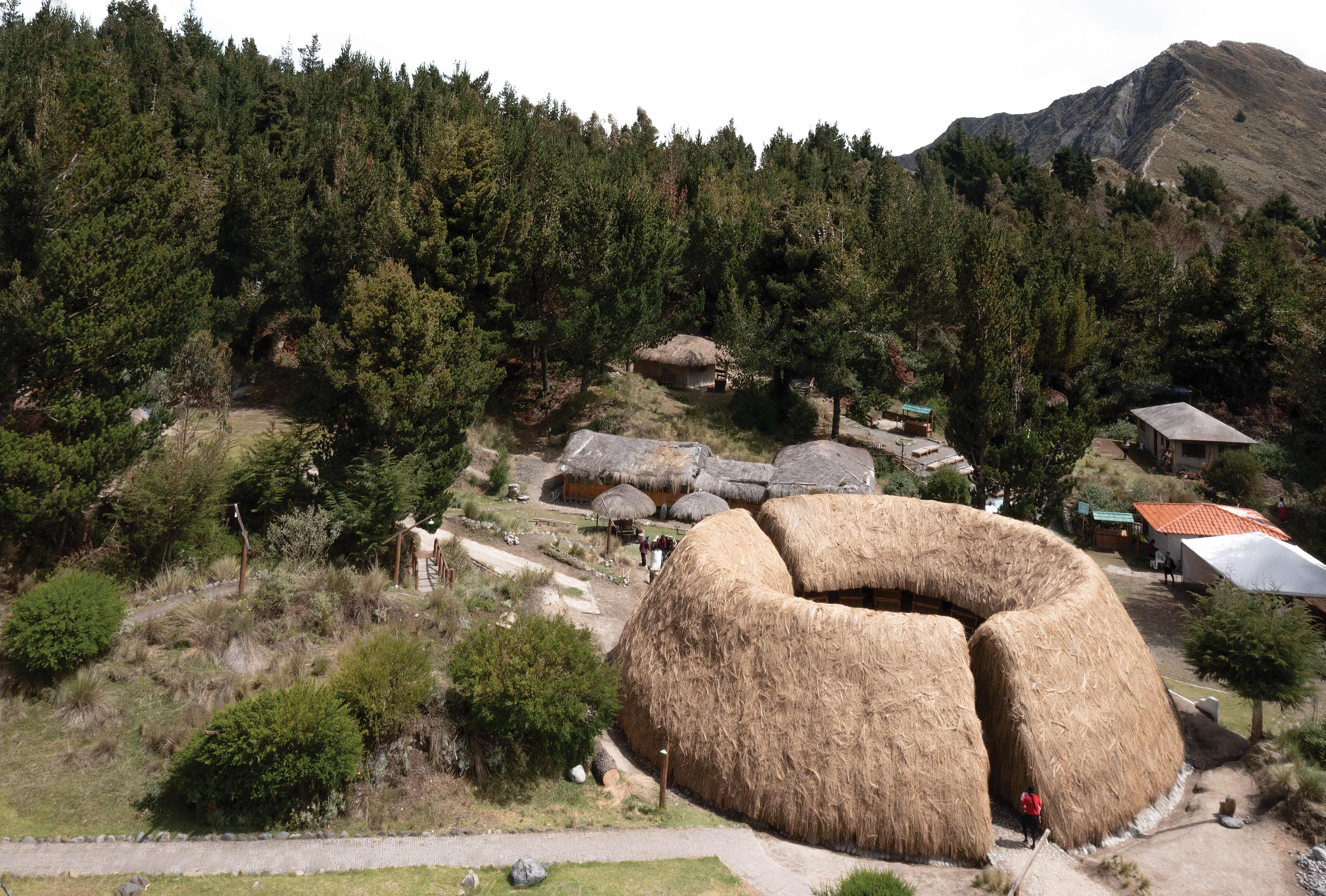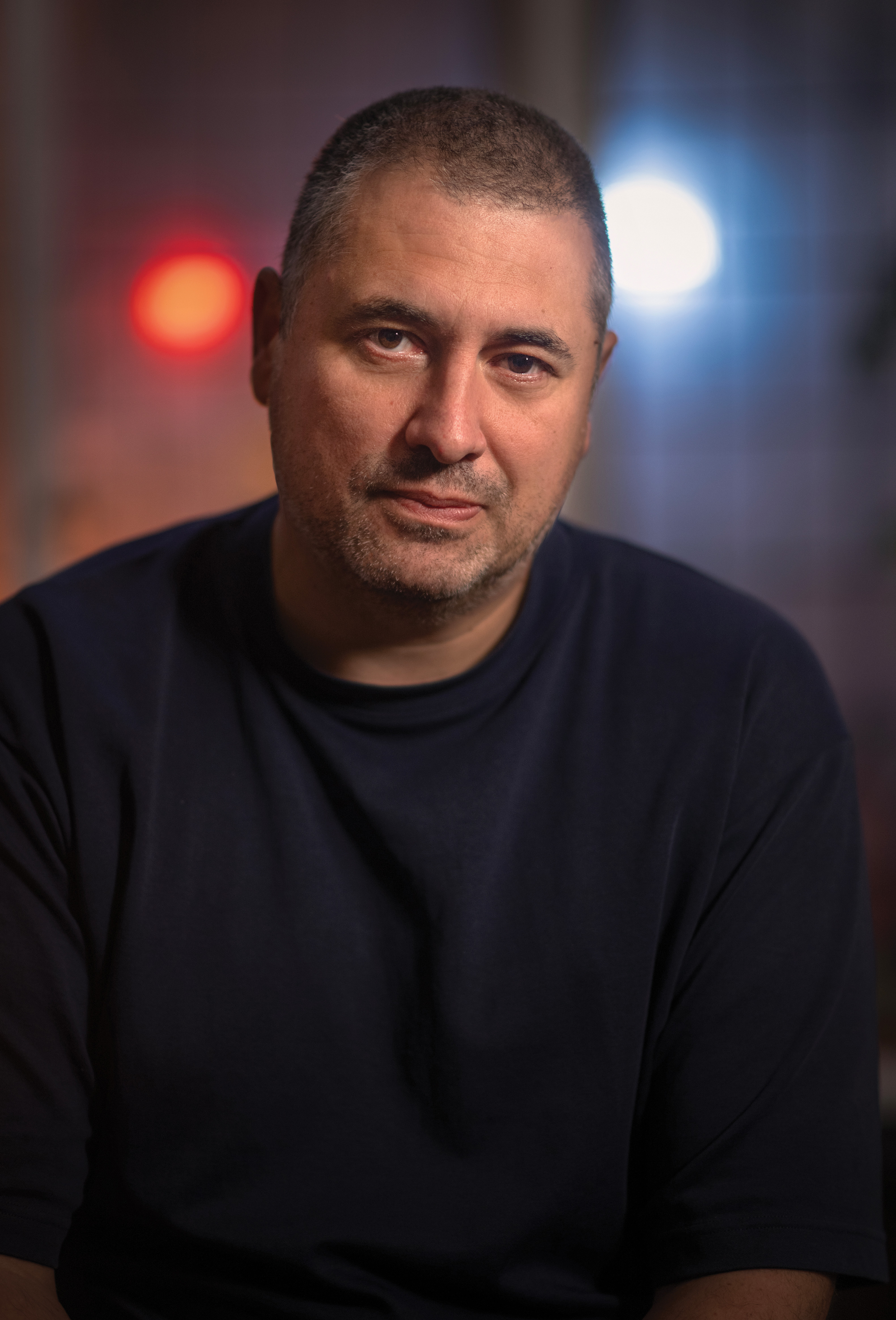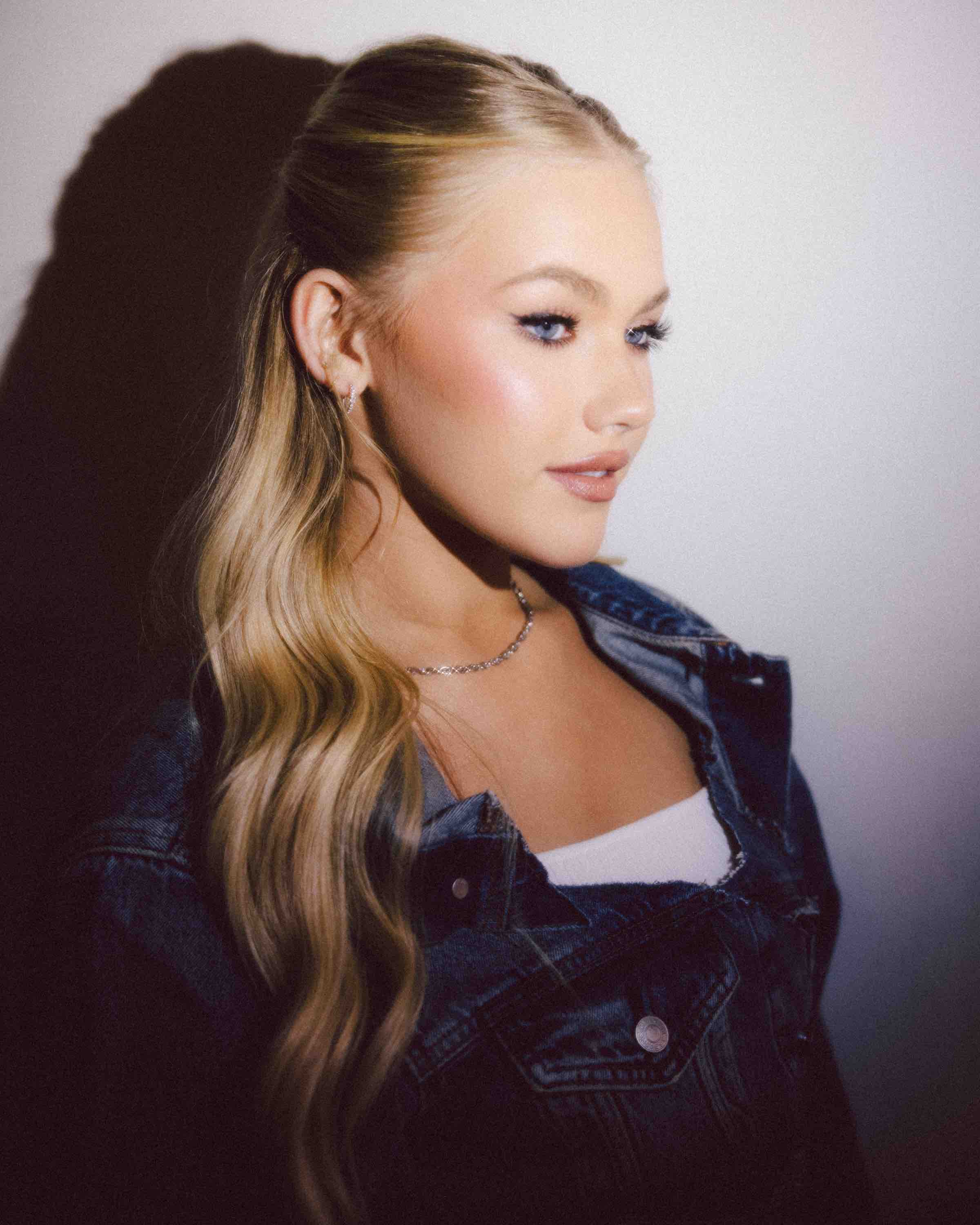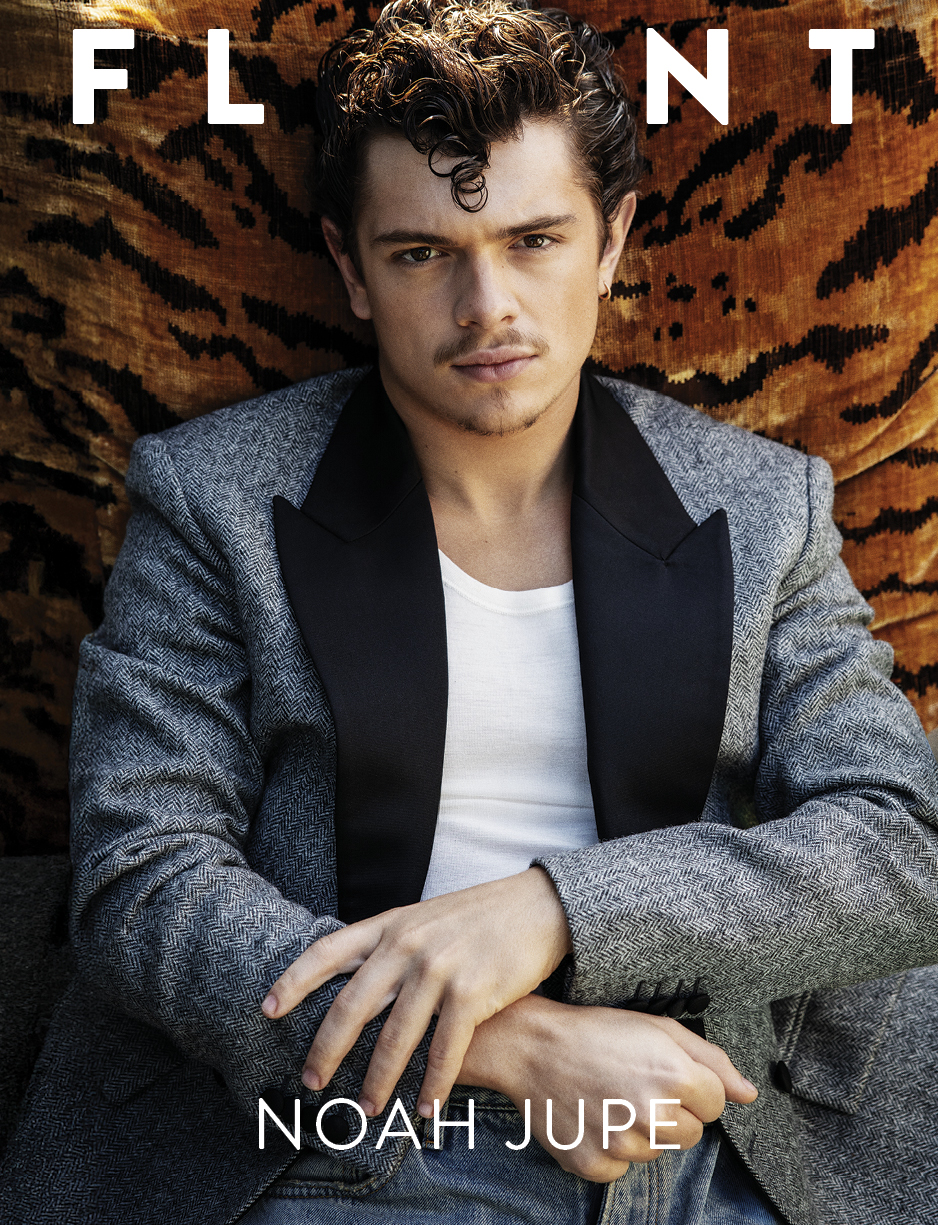

One of the best things advertising ever did for art was to give us the films of Roy Andersson. His most revered works that comprise his “Living Trilogy”—_Songs from the Second Floor_ (2000), _You, the Living_ (2007), and _A Pigeon Sat on a Branch Reflecting on Existence_ (2014)—owe not just their visual language, but also their very existence to Andersson’s work on [hundreds of television commercials](https://youtu.be/7FN8TcF0qFU). In them, you will often see a carefully composed single-camera shot, trained on a single choreographed scene that inevitably ends in some tragic-comic surprise.
In his films, these “vignettes”—as they have been repeatedly described—extend for the length of a feature, tenuously connected by through lines. Whether it’s a recurring character, or a return to a familiar café, Andersson strings together his surreal moving dioramas into a cohesive cinematic universe where the superheroes are simply ordinary human beings.
Financed almost entirely from his years as a commercial director, Andersson built his own production studio, where he designs the sets and controls everything that appears in the frame. From the snowfall outside a dreary pub to a kitchen where we watch a man literally wait for water to boil, Andersson’s technique leaves nothing to chance. He may have discovered this approach while making television advertisements, but his admiration for a painting by Otto Dix, and the Arabian fairytales in _One Thousand and One Nights_, are what inspired his latest film [_About Endlessness_](https://youtu.be/PcZesT0Aluo).
Years in the making and rumored to be his final full-length feature, it’s tempting to attach _About Endlessness_ to his “Living Trilogy” as a coda of some kind, or an epilogue that refuses to answer the most primary concern the films raise: What is it like to be human? In a conversation from his home in Sweden, with the help of a translator, Andersson searched for exactly the right words in English to convey his deep reverence for all of us—for humans, and how we see and treat the world we inhabit.
* * *
**Your films give viewers a lot of time to look around each scene, similar to inspecting a painting. Most directors want us to look at something specific and make that thing impossible to avoid. Where do you want us to look and what do you want us to notice?**
That’s a hard question and it’s hard to answer, because I don’t actually know what I’m doing. I’m working by intuition. I want to make scenes that I love and if other people also love them, I am very, very happy.
**You have mentioned Otto Dix’s 1926 work, “**[**Portrait of the Journalist Sylvia von Harden**](https://www.centrepompidou.fr/en/ressources/oeuvre/K0UjNMr)**,” as an inspiration for _About Endlessness_. Much like the painting, your films often fixate on solitary figures, or couples, sitting at small tables, tending to a beverages, or just waiting and thinking. Is there something about the drama that can happen while just sitting at a table that interests you?**
I’m very inspired by painting. The most important painting in history, to me, is where people are just still and sitting and looking at the camera. It’s not necessary to have a lot of drama. I love to see how people are sitting alone, naked, and open. For me, it’s fantastic to see the human being in a very defenseless position. I like it. No, I love it.


**How important to you is empathy?**
I regard the human being as a very defenseless creature. It gives me sympathy to see that defenselessness, and I also feel a responsibility to take care of that defenselessness. But, today, it’s hard to talk about that, because there is no time to talk about defenselessness. Instead, we have to talk about business all the time.
**_About Endlessness_ slows the pace of life so that we can see people more clearly for who they are, or who they are trying to be. It goes back to what you mentioned about painting and providing the time and space to really look at something.**
That’s true. My films are regarded sometimes—not sometimes, often actually—to be very slow. But I don’t think that’s right. It’s not correct. They are not slow, because slowness is not only how many times you cut the scene. Slowness can be in a single painting. In film and even in the history of painting, there are so many paintings that are very fast, but only in one picture. I can’t imagine how to make a feature with so many cuts. For me, it is impossible.
**Who is narrating _About Endlessness_? In her voiceover, she repeatedly says, “I saw…” as you then reveal the scene. She is not only the narrator, but also our guide. The words “I saw” become an incantation. Filmmakers _show_ things. She sees and you show...**
I’m so appreciative of your description of how I am working. It’s fascinating to listen to you say, “I saw this, I saw that…” You have noticed the dimensions of my movie and that’s very nice to hear, that you are aware of that. I’m grateful.


**We watch a young student describe the first law of thermodynamics, only to have his girlfriend admit she’d rather be a tomato. We watch an incompetent dentist tend to a patient with an excruciating toothache. In these moments, they are equally as “important” as the couple that floats above a city destroyed by war. _About Endlessness_ makes no distinction between a tomato, a toothache, thermodynamics, or a world war. All of them comprise the universe, or your universe, in equal measure.**
I have the ambition to show the universe by using very banal things about the human condition. With the help of what might be trivial things, you can reach the universe. That’s why I call my movie _About Endlessness_. It’s inspired by the Persian fairy tales told by Scheherazade \[in _One Thousand and One Nights_\]. In this collection of fairy tales, this woman who is the narrator, is condemned to death. But she can survive because she tells fantastic stories. The king, who wanted to kill her, changes his mind because he wants to hear the next part of the story. That’s how I look at my movie. I hope you are waiting for the next part and the next part, but you have to sleep and come back to see the rest \[laughs\]. In that way, it’s endless.
**Amidst all of the ordinary people doing ordinary things in extraordinary scenes, Adolf Hitler makes a cameo. How do you insert a character like that without upending the entire film?**
I was born in 1943, before the Second World War had ended. I have heard so many stories from that war and the Nazi period. In Sweden, I come from the working class. My father was a soldier in the army during the year I was born. This period with fascism and Nazism is so very close to me. I know very, very well how people felt and how they behaved during what I call the time of madness. That’s how I regard that period in the ‘40s. A time of madness.
**And what about today?**
\[Laughs\] Maybe not so much madness now, yet there is a risk all the time. But I like that formulation: the time of madness.


**Why do you make films? Are you expressing something from within yourself, or are you trying to say something to people?**
My ambition, and with art in a wider sense, is to widen the perspective of existence. To the widest spectrum you have as a human being. I want to show how important and how respectful we should be to all these things in our existence. For me, sometimes you can see that life so tragic you want to cry. But there are moments that are so nice, you love them. Humiliation is what I hate. When people are humiliated, that’s the worst thing you can see. I hope I can help with my movies. I want to give people trust and hope.
**This might contradict what some have assumed about you, that you’re an existentialist without much hope for the human condition.**
I’m not a pessimist.
**You have hope.**
\[Long pause, laughs\] Yeah? I think it is interesting to look at all of the existence in life: human beings, rabbits, pigs, and so on. You have to have respect for all the varieties of living. For example, I once saw two pigeons. They had only been chicks \[or, squabs\]. It was so sad to see that one of them died. I don’t know why. But the other one who survived, she laid herself beside the sick one to try and give it life. That’s so fantastic to see, that even small animals can take on that responsibility.
**At the center of _About Endlessness_ is a priest, so bereft by his doubts and possible loss of faith, he turns first to a psychiatrist and then to booze. If you identify with anyone in your film, is it the priest?**
Ha! I must say, I don’t want to be regarded as a priest. I just want to be an ordinary, common person, who has something to say about common things. I am not religious at all. I don’t think so! Some people have said that I must be, somewhere deep down. They have said, “You are religious.” Maybe, maybe. I have respect for existence. Now, when spring and summer is coming, you can see all creatures on this planet waking up. When I look outside, I feel so happy to see that. Life is coming, and it’s fantastic.


 
One of the best things advertising ever did for art was to give us the films of Roy Andersson. His most revered works that comprise his “Living Trilogy”—_Songs from the Second Floor_ (2000), _You, the Living_ (2007), and _A Pigeon Sat on a Branch Reflecting on Existence_ (2014)—owe not just their visual language, but also their very existence to Andersson’s work on [hundreds of television commercials](https://youtu.be/7FN8TcF0qFU). In them, you will often see a carefully composed single-camera shot, trained on a single choreographed scene that inevitably ends in some tragic-comic surprise.
In his films, these “vignettes”—as they have been repeatedly described—extend for the length of a feature, tenuously connected by through lines. Whether it’s a recurring character, or a return to a familiar café, Andersson strings together his surreal moving dioramas into a cohesive cinematic universe where the superheroes are simply ordinary human beings.
Financed almost entirely from his years as a commercial director, Andersson built his own production studio, where he designs the sets and controls everything that appears in the frame. From the snowfall outside a dreary pub to a kitchen where we watch a man literally wait for water to boil, Andersson’s technique leaves nothing to chance. He may have discovered this approach while making television advertisements, but his admiration for a painting by Otto Dix, and the Arabian fairytales in _One Thousand and One Nights_, are what inspired his latest film [_About Endlessness_](https://youtu.be/PcZesT0Aluo).
Years in the making and rumored to be his final full-length feature, it’s tempting to attach _About Endlessness_ to his “Living Trilogy” as a coda of some kind, or an epilogue that refuses to answer the most primary concern the films raise: What is it like to be human? In a conversation from his home in Sweden, with the help of a translator, Andersson searched for exactly the right words in English to convey his deep reverence for all of us—for humans, and how we see and treat the world we inhabit.
* * *
**Your films give viewers a lot of time to look around each scene, similar to inspecting a painting. Most directors want us to look at something specific and make that thing impossible to avoid. Where do you want us to look and what do you want us to notice?**
That’s a hard question and it’s hard to answer, because I don’t actually know what I’m doing. I’m working by intuition. I want to make scenes that I love and if other people also love them, I am very, very happy.
**You have mentioned Otto Dix’s 1926 work, “**[**Portrait of the Journalist Sylvia von Harden**](https://www.centrepompidou.fr/en/ressources/oeuvre/K0UjNMr)**,” as an inspiration for _About Endlessness_. Much like the painting, your films often fixate on solitary figures, or couples, sitting at small tables, tending to a beverages, or just waiting and thinking. Is there something about the drama that can happen while just sitting at a table that interests you?**
I’m very inspired by painting. The most important painting in history, to me, is where people are just still and sitting and looking at the camera. It’s not necessary to have a lot of drama. I love to see how people are sitting alone, naked, and open. For me, it’s fantastic to see the human being in a very defenseless position. I like it. No, I love it.

One of the best things advertising ever did for art was to give us the films of Roy Andersson. His most revered works that comprise his “Living Trilogy”—_Songs from the Second Floor_ (2000), _You, the Living_ (2007), and _A Pigeon Sat on a Branch Reflecting on Existence_ (2014)—owe not just their visual language, but also their very existence to Andersson’s work on [hundreds of television commercials](https://youtu.be/7FN8TcF0qFU). In them, you will often see a carefully composed single-camera shot, trained on a single choreographed scene that inevitably ends in some tragic-comic surprise.
In his films, these “vignettes”—as they have been repeatedly described—extend for the length of a feature, tenuously connected by through lines. Whether it’s a recurring character, or a return to a familiar café, Andersson strings together his surreal moving dioramas into a cohesive cinematic universe where the superheroes are simply ordinary human beings.
Financed almost entirely from his years as a commercial director, Andersson built his own production studio, where he designs the sets and controls everything that appears in the frame. From the snowfall outside a dreary pub to a kitchen where we watch a man literally wait for water to boil, Andersson’s technique leaves nothing to chance. He may have discovered this approach while making television advertisements, but his admiration for a painting by Otto Dix, and the Arabian fairytales in _One Thousand and One Nights_, are what inspired his latest film [_About Endlessness_](https://youtu.be/PcZesT0Aluo).
Years in the making and rumored to be his final full-length feature, it’s tempting to attach _About Endlessness_ to his “Living Trilogy” as a coda of some kind, or an epilogue that refuses to answer the most primary concern the films raise: What is it like to be human? In a conversation from his home in Sweden, with the help of a translator, Andersson searched for exactly the right words in English to convey his deep reverence for all of us—for humans, and how we see and treat the world we inhabit.
* * *
**Your films give viewers a lot of time to look around each scene, similar to inspecting a painting. Most directors want us to look at something specific and make that thing impossible to avoid. Where do you want us to look and what do you want us to notice?**
That’s a hard question and it’s hard to answer, because I don’t actually know what I’m doing. I’m working by intuition. I want to make scenes that I love and if other people also love them, I am very, very happy.
**You have mentioned Otto Dix’s 1926 work, “**[**Portrait of the Journalist Sylvia von Harden**](https://www.centrepompidou.fr/en/ressources/oeuvre/K0UjNMr)**,” as an inspiration for _About Endlessness_. Much like the painting, your films often fixate on solitary figures, or couples, sitting at small tables, tending to a beverages, or just waiting and thinking. Is there something about the drama that can happen while just sitting at a table that interests you?**
I’m very inspired by painting. The most important painting in history, to me, is where people are just still and sitting and looking at the camera. It’s not necessary to have a lot of drama. I love to see how people are sitting alone, naked, and open. For me, it’s fantastic to see the human being in a very defenseless position. I like it. No, I love it.
 
**How important to you is empathy?**
I regard the human being as a very defenseless creature. It gives me sympathy to see that defenselessness, and I also feel a responsibility to take care of that defenselessness. But, today, it’s hard to talk about that, because there is no time to talk about defenselessness. Instead, we have to talk about business all the time.
**_About Endlessness_ slows the pace of life so that we can see people more clearly for who they are, or who they are trying to be. It goes back to what you mentioned about painting and providing the time and space to really look at something.**
That’s true. My films are regarded sometimes—not sometimes, often actually—to be very slow. But I don’t think that’s right. It’s not correct. They are not slow, because slowness is not only how many times you cut the scene. Slowness can be in a single painting. In film and even in the history of painting, there are so many paintings that are very fast, but only in one picture. I can’t imagine how to make a feature with so many cuts. For me, it is impossible.
**Who is narrating _About Endlessness_? In her voiceover, she repeatedly says, “I saw…” as you then reveal the scene. She is not only the narrator, but also our guide. The words “I saw” become an incantation. Filmmakers _show_ things. She sees and you show...**
I’m so appreciative of your description of how I am working. It’s fascinating to listen to you say, “I saw this, I saw that…” You have noticed the dimensions of my movie and that’s very nice to hear, that you are aware of that. I’m grateful.

**How important to you is empathy?**
I regard the human being as a very defenseless creature. It gives me sympathy to see that defenselessness, and I also feel a responsibility to take care of that defenselessness. But, today, it’s hard to talk about that, because there is no time to talk about defenselessness. Instead, we have to talk about business all the time.
**_About Endlessness_ slows the pace of life so that we can see people more clearly for who they are, or who they are trying to be. It goes back to what you mentioned about painting and providing the time and space to really look at something.**
That’s true. My films are regarded sometimes—not sometimes, often actually—to be very slow. But I don’t think that’s right. It’s not correct. They are not slow, because slowness is not only how many times you cut the scene. Slowness can be in a single painting. In film and even in the history of painting, there are so many paintings that are very fast, but only in one picture. I can’t imagine how to make a feature with so many cuts. For me, it is impossible.
**Who is narrating _About Endlessness_? In her voiceover, she repeatedly says, “I saw…” as you then reveal the scene. She is not only the narrator, but also our guide. The words “I saw” become an incantation. Filmmakers _show_ things. She sees and you show...**
I’m so appreciative of your description of how I am working. It’s fascinating to listen to you say, “I saw this, I saw that…” You have noticed the dimensions of my movie and that’s very nice to hear, that you are aware of that. I’m grateful.
 
**We watch a young student describe the first law of thermodynamics, only to have his girlfriend admit she’d rather be a tomato. We watch an incompetent dentist tend to a patient with an excruciating toothache. In these moments, they are equally as “important” as the couple that floats above a city destroyed by war. _About Endlessness_ makes no distinction between a tomato, a toothache, thermodynamics, or a world war. All of them comprise the universe, or your universe, in equal measure.**
I have the ambition to show the universe by using very banal things about the human condition. With the help of what might be trivial things, you can reach the universe. That’s why I call my movie _About Endlessness_. It’s inspired by the Persian fairy tales told by Scheherazade \[in _One Thousand and One Nights_\]. In this collection of fairy tales, this woman who is the narrator, is condemned to death. But she can survive because she tells fantastic stories. The king, who wanted to kill her, changes his mind because he wants to hear the next part of the story. That’s how I look at my movie. I hope you are waiting for the next part and the next part, but you have to sleep and come back to see the rest \[laughs\]. In that way, it’s endless.
**Amidst all of the ordinary people doing ordinary things in extraordinary scenes, Adolf Hitler makes a cameo. How do you insert a character like that without upending the entire film?**
I was born in 1943, before the Second World War had ended. I have heard so many stories from that war and the Nazi period. In Sweden, I come from the working class. My father was a soldier in the army during the year I was born. This period with fascism and Nazism is so very close to me. I know very, very well how people felt and how they behaved during what I call the time of madness. That’s how I regard that period in the ‘40s. A time of madness.
**And what about today?**
\[Laughs\] Maybe not so much madness now, yet there is a risk all the time. But I like that formulation: the time of madness.

**We watch a young student describe the first law of thermodynamics, only to have his girlfriend admit she’d rather be a tomato. We watch an incompetent dentist tend to a patient with an excruciating toothache. In these moments, they are equally as “important” as the couple that floats above a city destroyed by war. _About Endlessness_ makes no distinction between a tomato, a toothache, thermodynamics, or a world war. All of them comprise the universe, or your universe, in equal measure.**
I have the ambition to show the universe by using very banal things about the human condition. With the help of what might be trivial things, you can reach the universe. That’s why I call my movie _About Endlessness_. It’s inspired by the Persian fairy tales told by Scheherazade \[in _One Thousand and One Nights_\]. In this collection of fairy tales, this woman who is the narrator, is condemned to death. But she can survive because she tells fantastic stories. The king, who wanted to kill her, changes his mind because he wants to hear the next part of the story. That’s how I look at my movie. I hope you are waiting for the next part and the next part, but you have to sleep and come back to see the rest \[laughs\]. In that way, it’s endless.
**Amidst all of the ordinary people doing ordinary things in extraordinary scenes, Adolf Hitler makes a cameo. How do you insert a character like that without upending the entire film?**
I was born in 1943, before the Second World War had ended. I have heard so many stories from that war and the Nazi period. In Sweden, I come from the working class. My father was a soldier in the army during the year I was born. This period with fascism and Nazism is so very close to me. I know very, very well how people felt and how they behaved during what I call the time of madness. That’s how I regard that period in the ‘40s. A time of madness.
**And what about today?**
\[Laughs\] Maybe not so much madness now, yet there is a risk all the time. But I like that formulation: the time of madness.
 
**Why do you make films? Are you expressing something from within yourself, or are you trying to say something to people?**
My ambition, and with art in a wider sense, is to widen the perspective of existence. To the widest spectrum you have as a human being. I want to show how important and how respectful we should be to all these things in our existence. For me, sometimes you can see that life so tragic you want to cry. But there are moments that are so nice, you love them. Humiliation is what I hate. When people are humiliated, that’s the worst thing you can see. I hope I can help with my movies. I want to give people trust and hope.
**This might contradict what some have assumed about you, that you’re an existentialist without much hope for the human condition.**
I’m not a pessimist.
**You have hope.**
\[Long pause, laughs\] Yeah? I think it is interesting to look at all of the existence in life: human beings, rabbits, pigs, and so on. You have to have respect for all the varieties of living. For example, I once saw two pigeons. They had only been chicks \[or, squabs\]. It was so sad to see that one of them died. I don’t know why. But the other one who survived, she laid herself beside the sick one to try and give it life. That’s so fantastic to see, that even small animals can take on that responsibility.
**At the center of _About Endlessness_ is a priest, so bereft by his doubts and possible loss of faith, he turns first to a psychiatrist and then to booze. If you identify with anyone in your film, is it the priest?**
Ha! I must say, I don’t want to be regarded as a priest. I just want to be an ordinary, common person, who has something to say about common things. I am not religious at all. I don’t think so! Some people have said that I must be, somewhere deep down. They have said, “You are religious.” Maybe, maybe. I have respect for existence. Now, when spring and summer is coming, you can see all creatures on this planet waking up. When I look outside, I feel so happy to see that. Life is coming, and it’s fantastic.

**Why do you make films? Are you expressing something from within yourself, or are you trying to say something to people?**
My ambition, and with art in a wider sense, is to widen the perspective of existence. To the widest spectrum you have as a human being. I want to show how important and how respectful we should be to all these things in our existence. For me, sometimes you can see that life so tragic you want to cry. But there are moments that are so nice, you love them. Humiliation is what I hate. When people are humiliated, that’s the worst thing you can see. I hope I can help with my movies. I want to give people trust and hope.
**This might contradict what some have assumed about you, that you’re an existentialist without much hope for the human condition.**
I’m not a pessimist.
**You have hope.**
\[Long pause, laughs\] Yeah? I think it is interesting to look at all of the existence in life: human beings, rabbits, pigs, and so on. You have to have respect for all the varieties of living. For example, I once saw two pigeons. They had only been chicks \[or, squabs\]. It was so sad to see that one of them died. I don’t know why. But the other one who survived, she laid herself beside the sick one to try and give it life. That’s so fantastic to see, that even small animals can take on that responsibility.
**At the center of _About Endlessness_ is a priest, so bereft by his doubts and possible loss of faith, he turns first to a psychiatrist and then to booze. If you identify with anyone in your film, is it the priest?**
Ha! I must say, I don’t want to be regarded as a priest. I just want to be an ordinary, common person, who has something to say about common things. I am not religious at all. I don’t think so! Some people have said that I must be, somewhere deep down. They have said, “You are religious.” Maybe, maybe. I have respect for existence. Now, when spring and summer is coming, you can see all creatures on this planet waking up. When I look outside, I feel so happy to see that. Life is coming, and it’s fantastic.
 



















